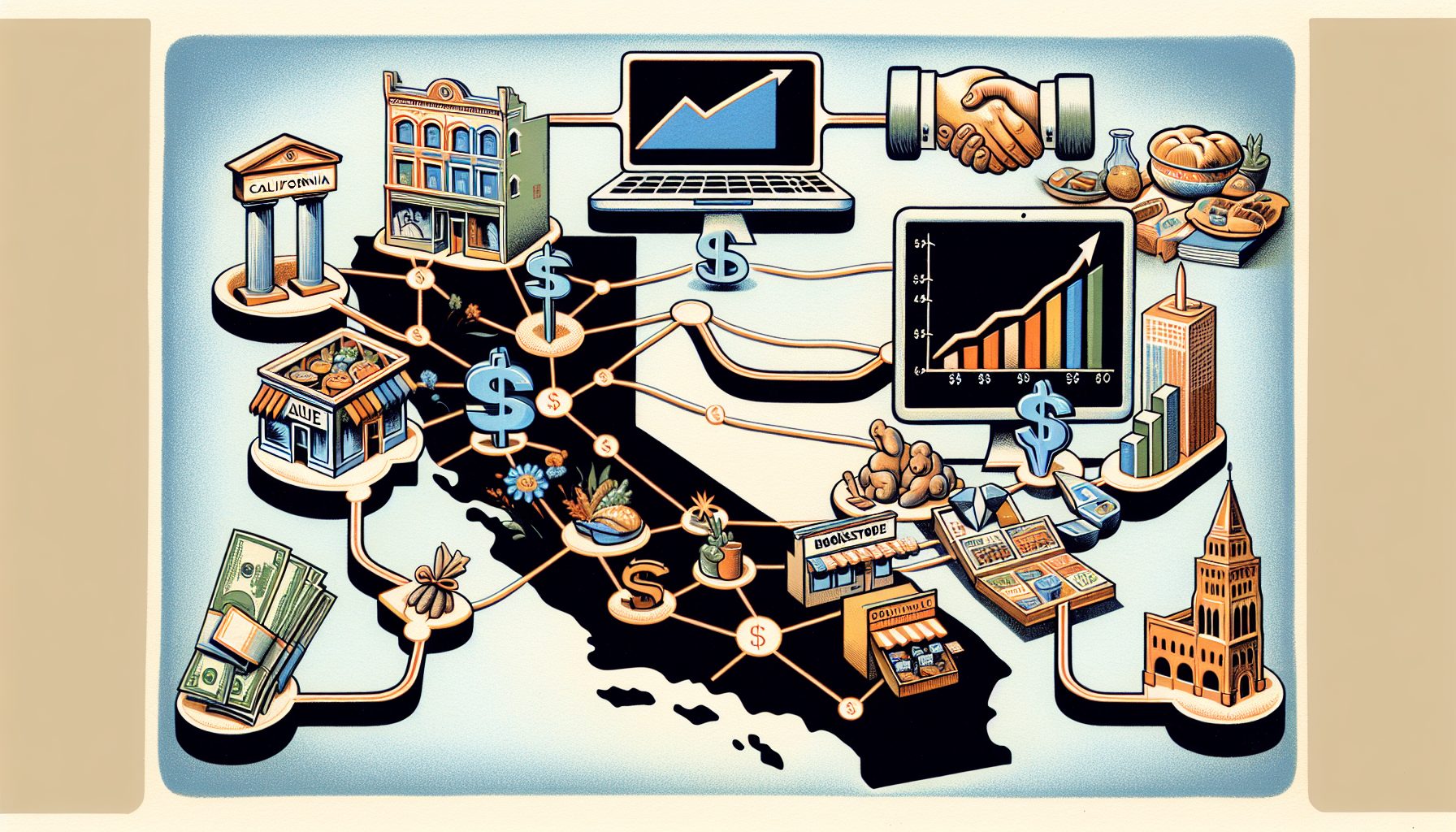Utilities that deliver power to large urban areas face an enormous challenge: forecasting and meeting demand. This is critical since miscalculations and errors lead to higher costs and poor service, and can result in expensive penalties that are imposed when an organization doesn’t comply with the scheduled maintenance requirements imposed by manufacturers.
The Salt River Project (SRP), an agency of the state of Arizona that serves as an electrical utility for the Phoenix metropolitan area, must deal with a number of issues. The utility, which serves approximately 1 million retail customers in Phoenix and three surrounding counties, must deal with high temperatures and large swings in power consumption. So matching wholesale buying with usage—and operating equipment efficiently—is a constant challenge.
In the past, the agency used spreadsheets to buy energy and manage information about usage and consumption. However, the manual system offered only basic data for making actionable decisions, according to Steve Petruso, senior software developer for the SRP. “We did not have any deep level of insight and were somewhat limited in our ability to make decisions,” he says.
Meanwhile, in recent years, the area has grown in population and the electrical grid has become far more complex—partly as a result of new and emerging sources that range from solar panels to electric vehicles.
Pulling Data From an Array of Connected Devices
Consequently, the SRP has turned to a far more sophisticated platform that operates at digital speed. Using SAS Analytics and operational intelligence software from OSIsoft to chart the future of asset performance and its impact on grid reliability.
In fact, the system pulls data from an array of connected devices—essentially the Internet of things—to deliver the contextually relevant information that’s required to predict asset and overall grid performance, and prevent outages of critical equipment.
The technology has allowed the agency to achieve far greater granularity with data forecasting, notes Corby Gardiner, principle economist for the SRP. In the past, analysts examined models that were only able to forecast at a day, week or month level. Today, they are able to examine patterns at an hourly level.
The system uses data from 8,760 different markets and relies on millions of observations to deliver far more precise energy forecasting capabilities. The model is updated on a daily basis.
“We now know when it is an optimal time to accept outages based on our hourly forward price curve,” Gardiner adds. What’s more, the energy traders in the organization have data available on a real-time basis.
Every SRP transaction is loaded into the SAS Analytics system. This, in the end, lets analysts and management view key issues, including metrics such as profitability by resource and profitability by fuel type.
Moreover, the system accommodates a disparate array of data, including spreadsheets, text files, Oracle database files and more. The SRP runs about 60 batch SAS jobs every morning and then directs the data to the appropriate systems, including data marts.
Petruso says the ability to forecast and act in real-time has been transformative. “It helps Salt River Project keep the lights on and ensures that the grid is reliable for our customers, whether the temperature in Phoenix is 75 degrees or 105 degrees,” he reports.









